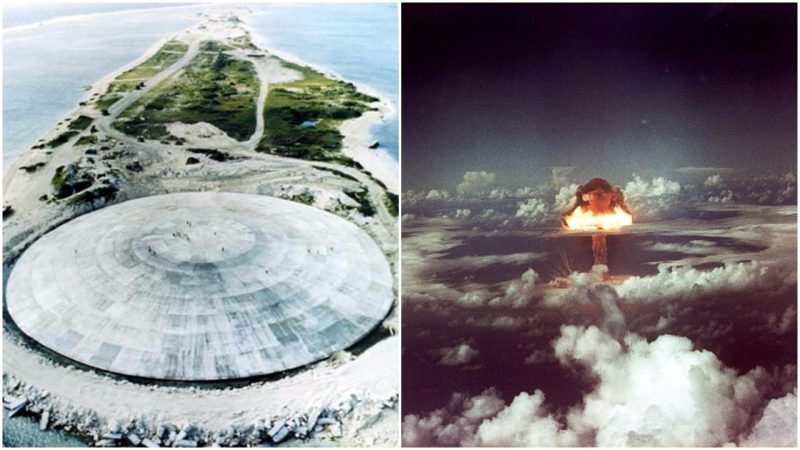From 1942 to 1992, the United States conducted 1054 official nuclear weapons tests.
Further testing was stopped by the Comprehensive Nuclear-Test-Ban Treaty, which was proposed in 1993 and signed in 1996 by 183 countries. Although the United States never actually ratified the treaty, the country officially stopped all weapons tests that involved nuclear explosions.
Although the United States conducted their nuclear test in various areas, including Colorado, New Mexico, and even space and the upper layers of the atmosphere, most of the U.S. nuclear weapons tests took place at the Nevada Test Site and the Pacific Proving Grounds near the Marshall Islands in the Pacific.
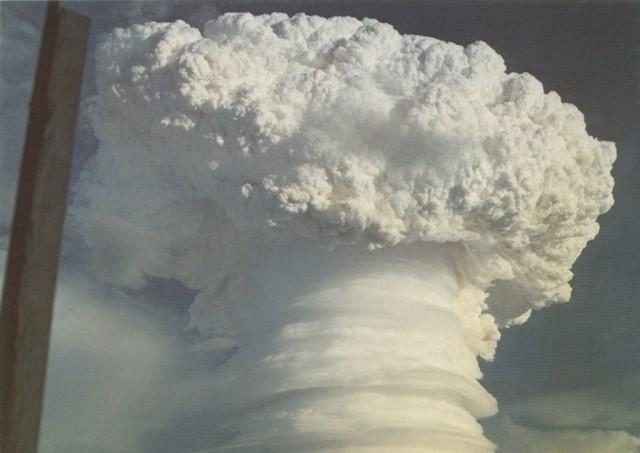
In 1958, the U.S. conducted a series of 35 nuclear tests at the Pacific Proving Grounds. The operation was named “Operation Hardtack 1, prior” and it involved more nuclear explosions than previous tests in the Pacific Ocean combined.
The tests produced an unprecedented number of radioactive fallout and nuclear debris which needed to be removed to avoid the contamination of the environment and numerous ecosystems in the Pacific.
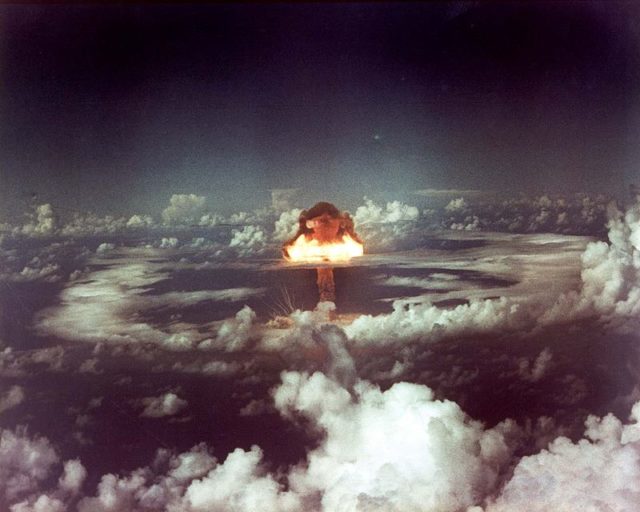
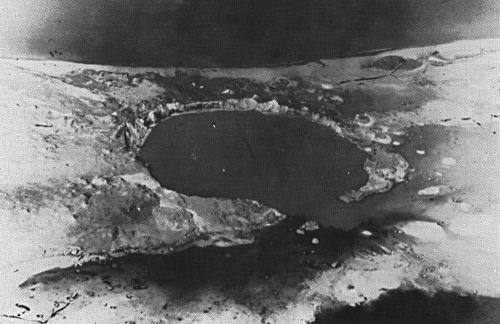
The U.S. Army collected the dangerous debris and transferred it to Runit Island, which is a part of the Enewetak Atoll in the Marshall Islands. Runit Island was chosen as the depository for the debris because of a 1958 nuclear test, known as “Cactus,” which produced a huge crater on the island. The crater was deemed a suitable spot for the debris to be stored, and the army constructed a giant concrete dome which was placed over an estimated 73 thousand cubic meters of radioactive material.
The concrete dome, which is 46-cm thick, became known as the “Cactus Dome.” It is located at the sea level of the Runit Island and still prevents the giant pile of radioactive debris from spilling into the ocean. However, over the years, the soil around the dome became even more contaminated than its dangerous contents and flora, and fauna of Runit Island remained permanently damaged.
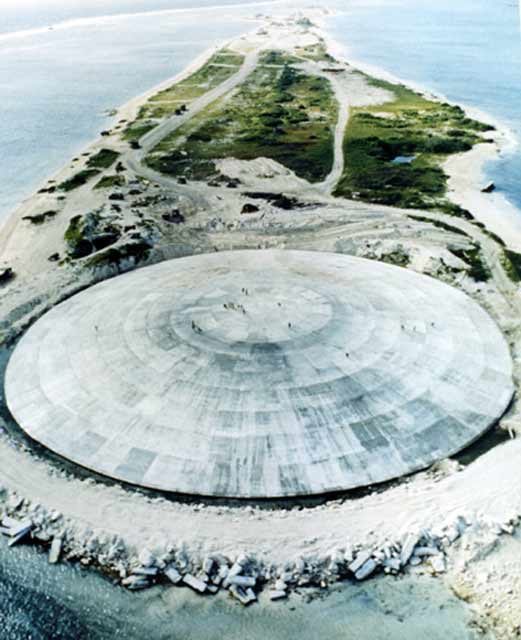
In 2013, the US Department of Energy assessed the Cactus Dome and stated that the radioactive material inside it doesn’t pose an imminent threat to the surrounding ocean water.
Although the structure is weathered and cracked, it effectively shelters its content. Still, the height of ocean water may rise in the following few years and entirely cover the dome: this would inevitably cause contamination of the ground water supply.
